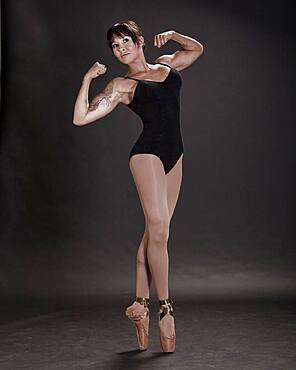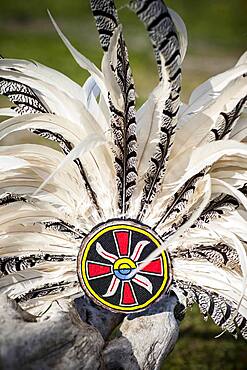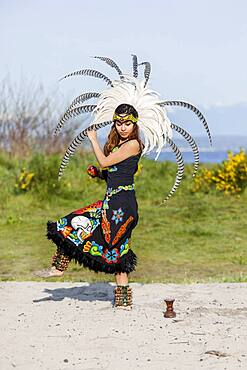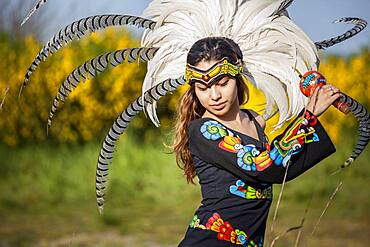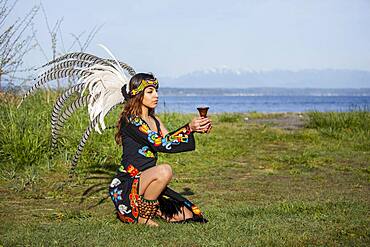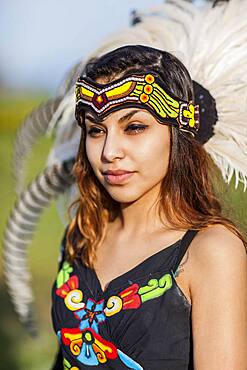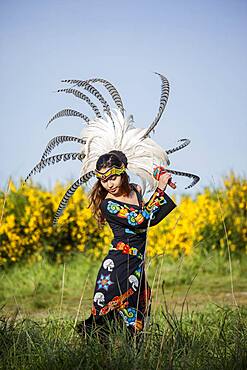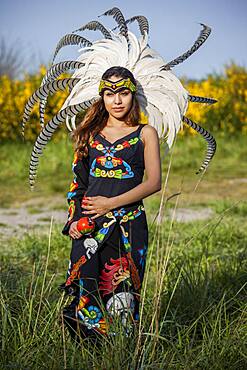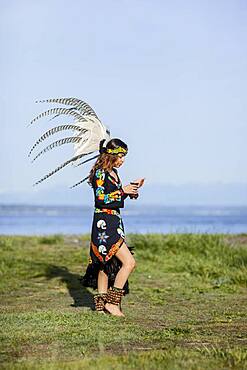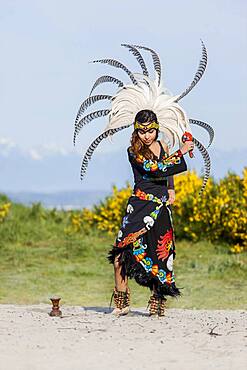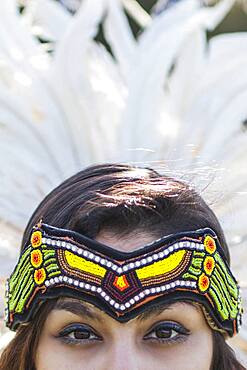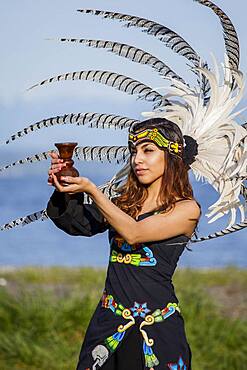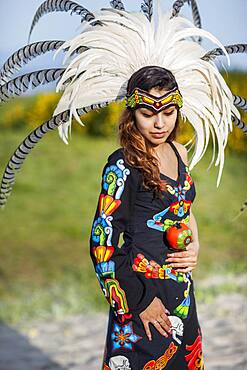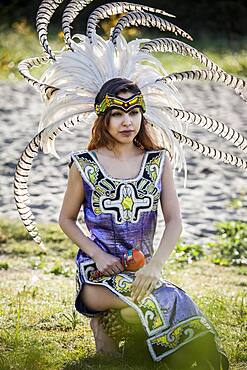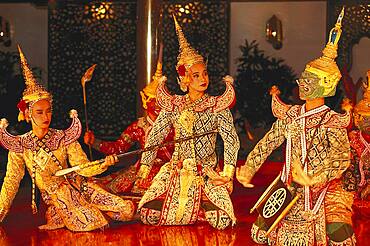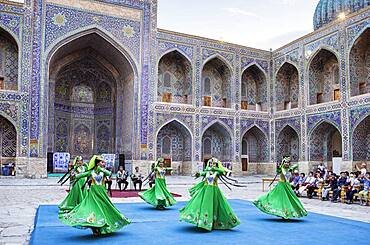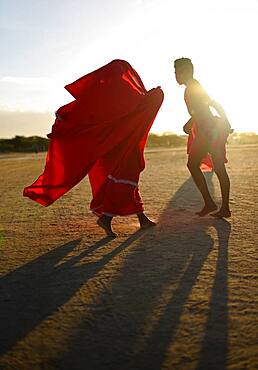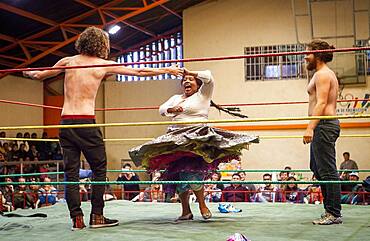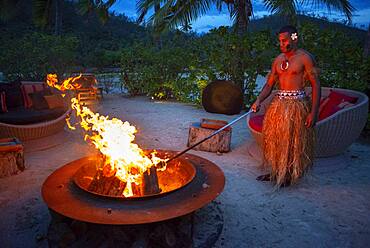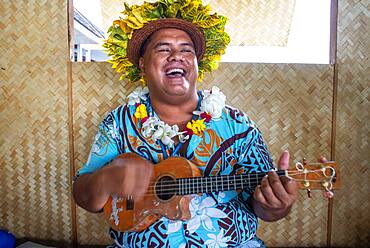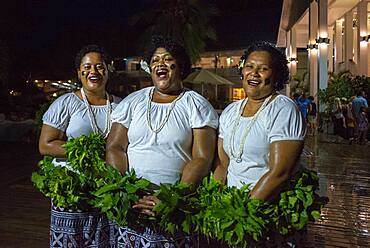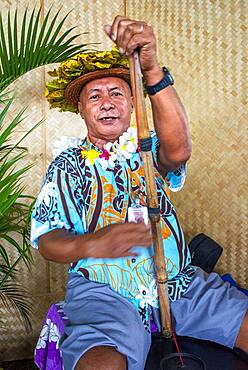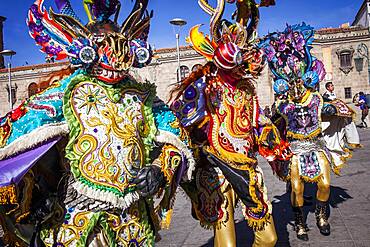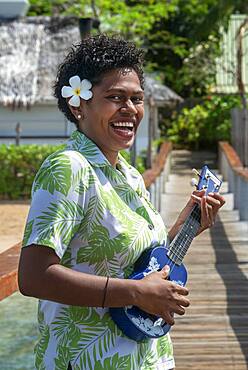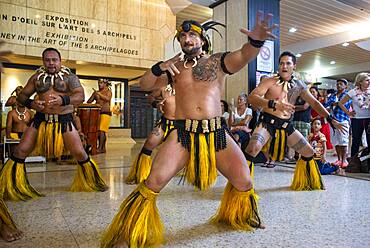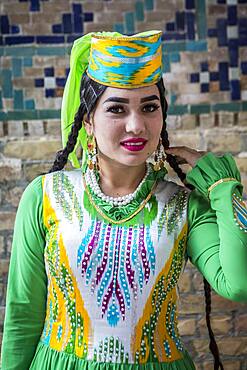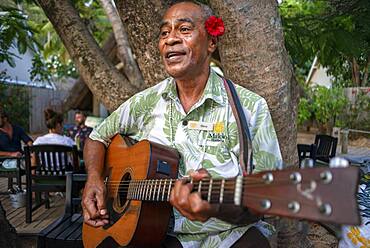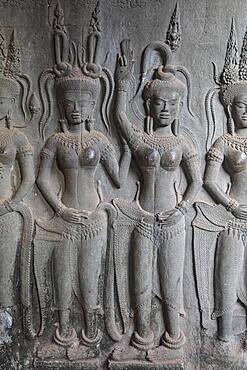Recent searches
Loading...
1178-34514 - Hispanic ballet dancer flexing muscles
1178-33112 - Native American woman in traditional headdress performing ceremony
1178-33108 - Native American woman in traditional headdress performing ceremony
1178-33114 - Native American woman in traditional headdress performing ceremony
1178-33107 - Native American woman in traditional headdress performing ceremony
1178-33121 - Native American woman wearing traditional headdress
1178-33106 - Native American woman in traditional headdress performing ceremony
1178-33120 - Native American woman wearing traditional headdress
1178-33109 - Native American woman in traditional headdress performing ceremony
1178-33115 - Native American woman in traditional headdress performing ceremony
1178-33110 - Native American woman in traditional headdress performing ceremony
1178-33119 - Native American woman in traditional headdress performing ceremony
1178-33113 - Native American woman in traditional headdress performing ceremony
1178-33111 - Native American woman in traditional headdress performing ceremony
1178-33104 - Native American woman wearing traditional headdress
1178-33116 - Native American woman in traditional headdress performing ceremony
1178-33117 - Native American woman in traditional headdress performing ceremony
1178-33122 - Native American woman wearing traditional headdress
1178-33105 - Native American woman in traditional headdress performing ceremony
1184-5875 - Traditional dressed young girls practising local dances, Laarim tribe, Boya Hills, Eastern Equatoria, South Sudan, Africa
1184-5868 - Traditional dressed young girls practising local dances, Laarim tribe, Boya Hills, Eastern Equatoria, South Sudan, Africa
1113-105411 - Traditional Bavarian folk dance, Bavaria, Germany
1113-105362 - Dancers in traditional costumes, Oriental Hotel, Bangkok, Thailand, Asia
1350-1865 - Yonna dance, also called Chichamaya, carries a considerable symbolic charge for the Wayuu indigenous people of Colombia, representing three basic principles for this tribal group: Social equality, collective solidarity and the improvement of relations between the human being and the Cosmos.
1350-941 - Aspara sculptures in bas-relief on the wall, in Angkor Wat, Siem Reap, Cambodia
1350-1859 - Yonna dance, also called Chichamaya, carries a considerable symbolic charge for the Wayuu indigenous people of Colombia, representing three basic principles for this tribal group: Social equality, collective solidarity and the improvement of relations between the human being and the Cosmos.
1350-1871 - Yonna dance, also called Chichamaya, carries a considerable symbolic charge for the Wayuu indigenous people of Colombia, representing three basic principles for this tribal group: Social equality, collective solidarity and the improvement of relations between the human being and the Cosmos.
1350-1565 - Traditional dance, folklore, in the courtyard of Sher Dor Medressa, Registan, Samarkand, Uzbekistan
1350-2192 - Island of Taha'a, French Polynesia. Polynesian music and dances at the Motu Mahana, Taha'a, Society Islands, French Polynesia, South Pacific.
1350-1860 - Yonna dance, also called Chichamaya, carries a considerable symbolic charge for the Wayuu indigenous people of Colombia, representing three basic principles for this tribal group: Social equality, collective solidarity and the improvement of relations between the human being and the Cosmos.
1350-832 - Lucha Libre. Two spontaneous up to the ring to dace with the cholita Angela la Folclorista to celebrate the victory, Sports center La Ceja, El Alto, La Paz, Bolivia
1350-1861 - Yonna dance, also called Chichamaya, carries a considerable symbolic charge for the Wayuu indigenous people of Colombia, representing three basic principles for this tribal group: Social equality, collective solidarity and the improvement of relations between the human being and the Cosmos.
1350-882 - Fiesta del Gran Poder, Plaza San Francisco, in background San Francisco church, La Paz, Bolivia
1350-939 - Aspara sculptures in bas-relief on the wall, in Angkor Wat, Siem Reap, Cambodia
1350-2066 - Likuliku Lagoon Resort, Five Star Resort, Malolo Island, Mamanucas, Fiji. Lighting fire late in the afternoon.
1350-2039 - Tradtional Fijian Warriors portrait in Malolo Island Resort and Likuliku Resort, Mamanucas island group Fiji
1350-1862 - Yonna dance, also called Chichamaya, carries a considerable symbolic charge for the Wayuu indigenous people of Colombia, representing three basic principles for this tribal group: Social equality, collective solidarity and the improvement of relations between the human being and the Cosmos.
1350-1866 - Yonna dance, also called Chichamaya, carries a considerable symbolic charge for the Wayuu indigenous people of Colombia, representing three basic principles for this tribal group: Social equality, collective solidarity and the improvement of relations between the human being and the Cosmos.
1350-1870 - Yonna dance, also called Chichamaya, carries a considerable symbolic charge for the Wayuu indigenous people of Colombia, representing three basic principles for this tribal group: Social equality, collective solidarity and the improvement of relations between the human being and the Cosmos.
1350-2077 - Tahiti Island, touristic reception with music and dances to the Faaa airport Papeete French Polynesia France
1350-2193 - Island of Taha'a, French Polynesia. Polynesian music and dances at the Motu Mahana, Taha'a, Society Islands, French Polynesia, South Pacific.
1350-943 - Aspara sculpture in bas-relief on the wall, in Angkor Wat, Siem Reap, Cambodia
1350-2189 - Island of Taha'a, French Polynesia. Polynesian music and dances at the Motu Mahana, Taha'a, Society Islands, French Polynesia, South Pacific.
1350-1868 - Yonna dance, also called Chichamaya, carries a considerable symbolic charge for the Wayuu indigenous people of Colombia, representing three basic principles for this tribal group: Social equality, collective solidarity and the improvement of relations between the human being and the Cosmos.
1350-2056 - Tradtional Fijian dances and music in Malolo Island Resort and Likuliku Resort, Mamanucas island group Fiji
1350-1858 - Yonna dance, also called Chichamaya, carries a considerable symbolic charge for the Wayuu indigenous people of Colombia, representing three basic principles for this tribal group: Social equality, collective solidarity and the improvement of relations between the human being and the Cosmos.
1350-2128 - Dancing show of polynesian dances on Paul Gauguin cruise ship. France, French Polynesia, Polynesian, South Pacific.
1350-2078 - Tahiti Island, touristic reception with music and dances to the Faaa airport Papeete French Polynesia France
1350-2065 - Tradtional Fijian Warriors portrait in Malolo Island Resort and Likuliku Resort, Mamanucas island group Fiji
1350-1360 - Black and White C-13, dancers of Hip Hop, Street art, Comuna 13, Medellín, Colombia
1350-2037 - Tradtional Fijian Warrior playing the drum in Malolo Island Resort and Likuliku Resort, Mamanucas island group Fiji
1350-1359 - Black and White C-13, dancers of Hip Hop, Street art, Comuna 13, Medellín, Colombia
1350-822 - At left Dina , in the middle Benita la Intocable, at right Angela la Folclorista, cholitas females wrestlers, El Alto, La Paz, Bolivia
1350-2126 - Portrait of a old women in Huahine, Society Islands, French Polynesia, South Pacific.
1350-2185 - Island of Taha'a, French Polynesia. Polynesian music and dances at the Motu Mahana, Taha'a, Society Islands, French Polynesia, South Pacific.
1350-885 - Fiesta del Gran Poder, Plaza San Francisco, in background San Francisco church, La Paz, Bolivia
1350-1789 - Widows praying in a Bhajan ashram, Vrindavan, Mathura district, India
1350-1869 - Yonna dance, also called Chichamaya, carries a considerable symbolic charge for the Wayuu indigenous people of Colombia, representing three basic principles for this tribal group: Social equality, collective solidarity and the improvement of relations between the human being and the Cosmos.
1350-2043 - Tradtional Fijian songs and music in Malolo Island Resort and Likuliku Resort, Mamanucas island group Fiji
1350-883 - Fiesta del Gran Poder, Plaza San Francisco, La Paz, Bolivia
1350-2041 - Tradtional Fijian Warriors jumping in Malolo Island Resort and Likuliku Resort, Mamanucas island group Fiji
1350-2040 - Tradtional Fijian Warrior blowing a shell in Malolo Island Resort and Likuliku Resort, Mamanucas island group Fiji
1350-2228 - Entertainment group singing in the Paul Gauguin cruise ship. France, French Polynesia, Polynesian, South Pacific.
1350-2069 - Tradtional Fijian Warrior portrait in Malolo Island Resort and Likuliku Resort, Mamanucas island group Fiji
1350-2063 - Tradtional Fijian songs and music in Malolo Island Resort and Likuliku Resort, Mamanucas island group Fiji
1350-2068 - Tradtional Fijian doing a kava ceremony in Malolo Island Resort and Likuliku Resort, Mamanucas island group Fiji
1350-144 - The Northern Lights dance over the sweeping Red Deer River and Badlands of southern Alberta, from Orkney Viewpoint looking north over the valley. The Bleriot Ferry crossing is in the distance at the lights. Cassiopeia is embedded in the purple curtains. The river reflects the aurora light.
1350-1449 - Traditional Thai dancers performing for Brahma, they dance on request for donations, Erawan Shrine, Bangkok
1350-1542 - women in traditional dress, for folk dance, dancer, in Rukhobod Mausoleum, Samarkand, Uzbekistan
1350-2191 - Island of Taha'a, French Polynesia. Polynesian music and dances at the Motu Mahana, Taha'a, Society Islands, French Polynesia, South Pacific.
1350-1863 - Yonna dance, also called Chichamaya, carries a considerable symbolic charge for the Wayuu indigenous people of Colombia, representing three basic principles for this tribal group: Social equality, collective solidarity and the improvement of relations between the human being and the Cosmos.
1350-1790 - Widows praying in a Bhajan ashram, Vrindavan, Mathura district, India
1350-2079 - Tahiti Island, touristic reception with music and dances to the Faaa airport Papeete French Polynesia France
1350-884 - Fiesta del Gran Poder, Plaza San Francisco, in background San Francisco church, La Paz, Bolivia
1350-942 - Representation, Ramayana epic, Bas-relief carvings, in Bayon temple, Angkor Thom, Angkor, Siem Reap, Cambodia
1350-1864 - Yonna dance, also called Chichamaya, carries a considerable symbolic charge for the Wayuu indigenous people of Colombia, representing three basic principles for this tribal group: Social equality, collective solidarity and the improvement of relations between the human being and the Cosmos.
1350-2038 - Tradtional Fijian Warriors portrait in Malolo Island Resort and Likuliku Resort, Mamanucas island group Fiji
1350-2188 - Island of Taha'a, French Polynesia. Polynesian music and dances at the Motu Mahana, Taha'a, Society Islands, French Polynesia, South Pacific.
1350-2042 - Tradtional Fijian Warriors portrait in Malolo Island Resort and Likuliku Resort, Mamanucas island group Fiji
1350-1567 - Traditional dance, folklore, Samarkand, Uzbekistan
1350-2196 - Island of Taha'a, French Polynesia. Polynesian music and dances at the Motu Mahana, Taha'a, Society Islands, French Polynesia, South Pacific.
1350-1867 - Yonna dance, also called Chichamaya, carries a considerable symbolic charge for the Wayuu indigenous people of Colombia, representing three basic principles for this tribal group: Social equality, collective solidarity and the improvement of relations between the human being and the Cosmos.
1350-2122 - Portrait of a old woman in Huahine, Society Islands, French Polynesia, South Pacific.
1350-1564 - Woman in traditional costume, Samarkand, Uzbekistan
1350-2052 - Tradtional Fijian songs and music in Malolo Island Resort and Likuliku Resort, Mamanucas island group Fiji
1350-2067 - Likuliku Lagoon Resort, Five Star Resort, Malolo Island, Mamanucas, Fiji. Lighting fire late in the afternoon.
1350-2229 - Entertainment group singing in the Paul Gauguin cruise ship. France, French Polynesia, Polynesian, South Pacific.
1350-2076 - NEW YORK, Graffiti painted in the shade of an establishment of Harlem. In New York in black and suburbs as the Bronx, Brooklyn and Harlem, the birth of graffiti occurred.
1350-2055 - Tradtional Fijian dances and music in Malolo Island Resort and Likuliku Resort, Mamanucas island group Fiji
1350-1566 - Traditional dance, folklore, Samarkand, Uzbekistan
1350-2127 - Dancing show of polynesian dances on Paul Gauguin cruise ship. France, French Polynesia, Polynesian, South Pacific.
1350-2049 - Tradtional Fijian Warrior portrait in Malolo Island Resort and Likuliku Resort, Mamanucas island group Fiji
1350-2190 - Island of Taha'a, French Polynesia. Polynesian music and dances at the Motu Mahana, Taha'a, Society Islands, French Polynesia, South Pacific.
1350-940 - Aspara sculptures in bas-relief on the wall, in Angkor Wat, Siem Reap, Cambodia
1345-112 - Apsara Dancer, performing a traditional Khmer dance, Amansara Luxury Hotel, Cambodia
1345-116 - Apsara Dancer, performing a traditional Khmer dance, Amansara Luxury Hotel, Cambodia
